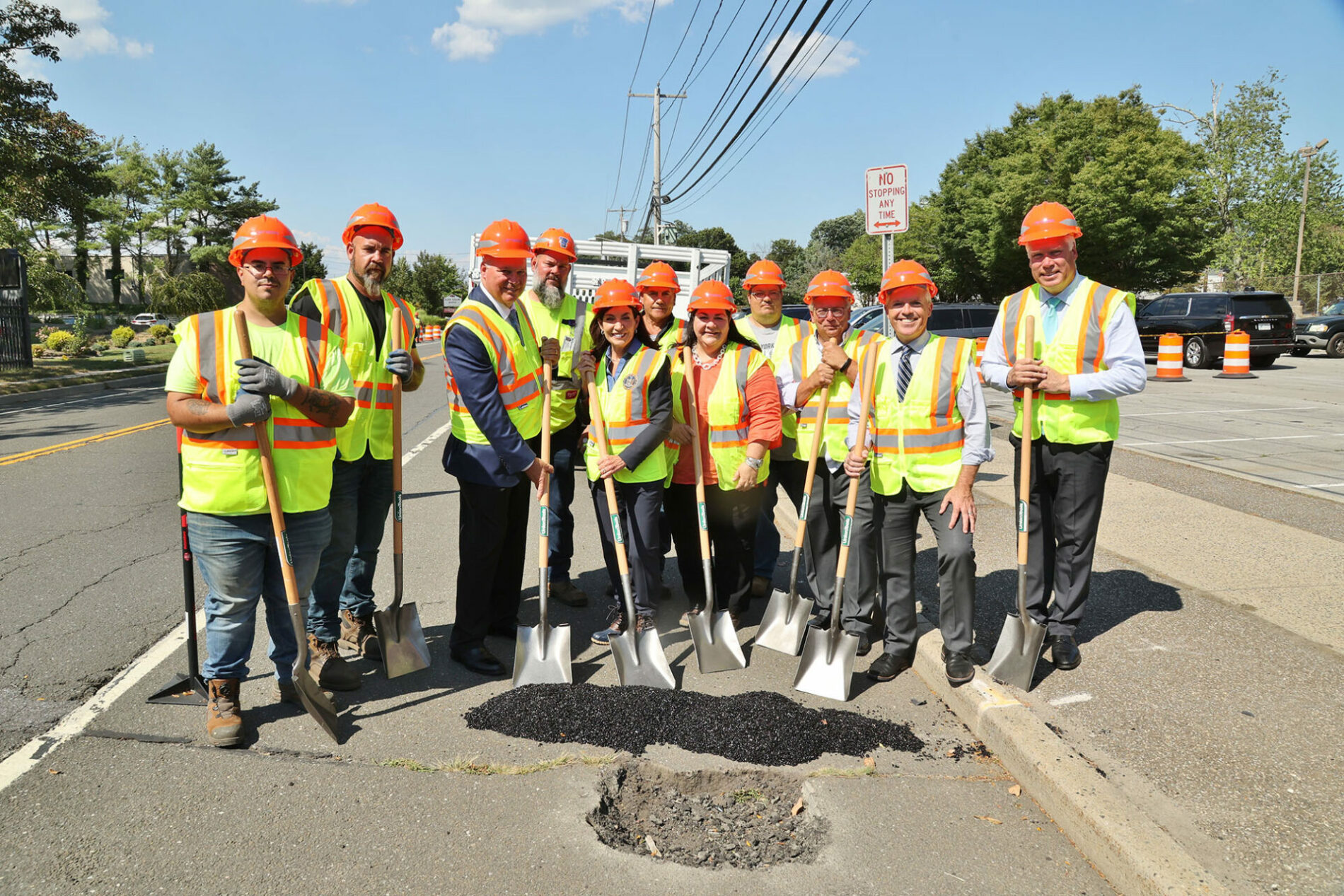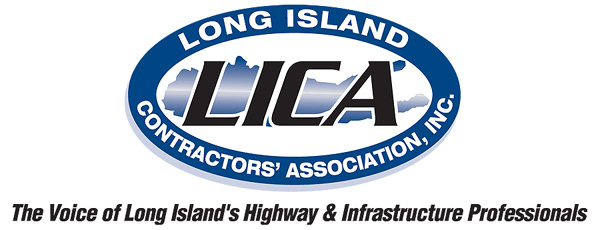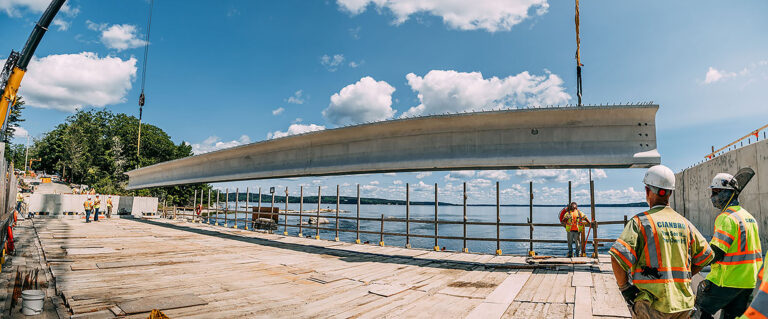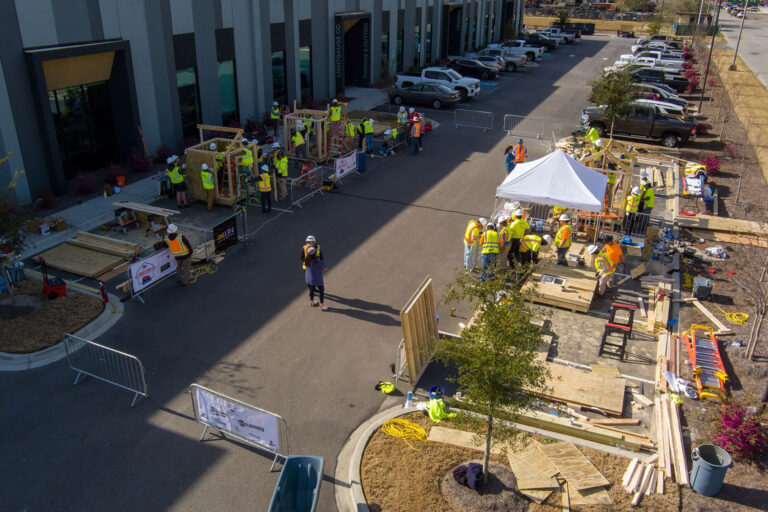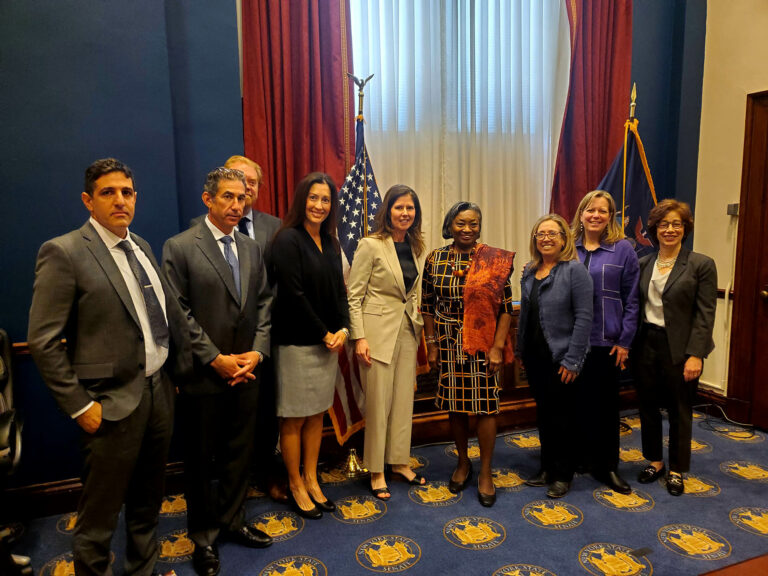The Long Island Contractors’ Association, Inc. (LICA), headquartered in Melville, New York, is a leading voice for the heavy construction industry across Nassau and Suffolk counties. Originally founded in the 1920s as the Nassau-Suffolk Sand and Gravel Association, LICA emerged during a time of significant infrastructure growth on Long Island.

As the scope of its work broadened, the organization rebranded in the 1990s to become the Long Island Contractors’ Association, reflecting a wider commitment to all facets of heavy construction. Today, LICA represents more than 170 members, ranging from general contractors, to subcontractors, suppliers, and other affiliated businesses which can include architects, insurance providers and lawyers who all deal in the construction industry. All members are involved in the development and maintenance of crucial infrastructure, from roadways and bridges to water systems and site development for public and private projects.
Becoming a member grants access to a range of benefits designed to support professionals in the heavy construction industry. Some of these include educational opportunities, networking events, advocacy and industry representation, labor support, and access to exclusive industry resources.
Last year, LICA celebrated its 100th anniversary, a testament to the organization’s crucial role in both transforming and maintaining New York’s ever-changing construction landscape.
“Over these 100 years, we’ve evolved from an organization that was responsible for providing the aggregate that built New York City, from the major skyscrapers to the Empire State Building, its bridges and transit systems,” says Marc Herbst, LICA’s executive director since 2006. “As time went on, contractors were added, and the focus changed; rather than providing supplies for New York City and suburbia built outside of New York City, onto Long Island. It was the underpinning that created the new suburbia that took over.”
“Over these 100 years, we’ve evolved from an organization that was responsible for providing the aggregate that built New York City, from the major skyscrapers to the Empire State Building.”
With approximately three million residents, Herbst says LICA’s members proudly take credit for building the bulk of Long Island’s infrastructure. Transformational projects include the Long Island Expressway and the region’s expansive sewer systems—essential developments that supported the area’s explosive residential and economic growth in the mid-20th century.
Of course, being awarded major projects is often a direct result of LICA’s unwavering commitment to member advocacy in order to secure funding, while upholding the other core values of its mission: to serve as an industry watchdog, but also as a collaborative partner with government agencies and the local Long Island community to ensure infrastructure keeps up with Long Island’s evolving needs.
LICA is heavily involved in advocacy efforts aimed at improving infrastructure and supporting the region’s construction industry. Much of its work focuses on securing public funding, influencing legislation, and advancing projects that enhance safety and efficiency across Long Island’s transportation networks.
“We’re very excited, because the state legislature just finalized their budget,” Herbst said, noting it was a month late due to the current economic crisis. “We were short about 800 million dollars but were successful in securing those additional funds… we can now complete our five-year capital program which ends next year, and finish all of those projects.”
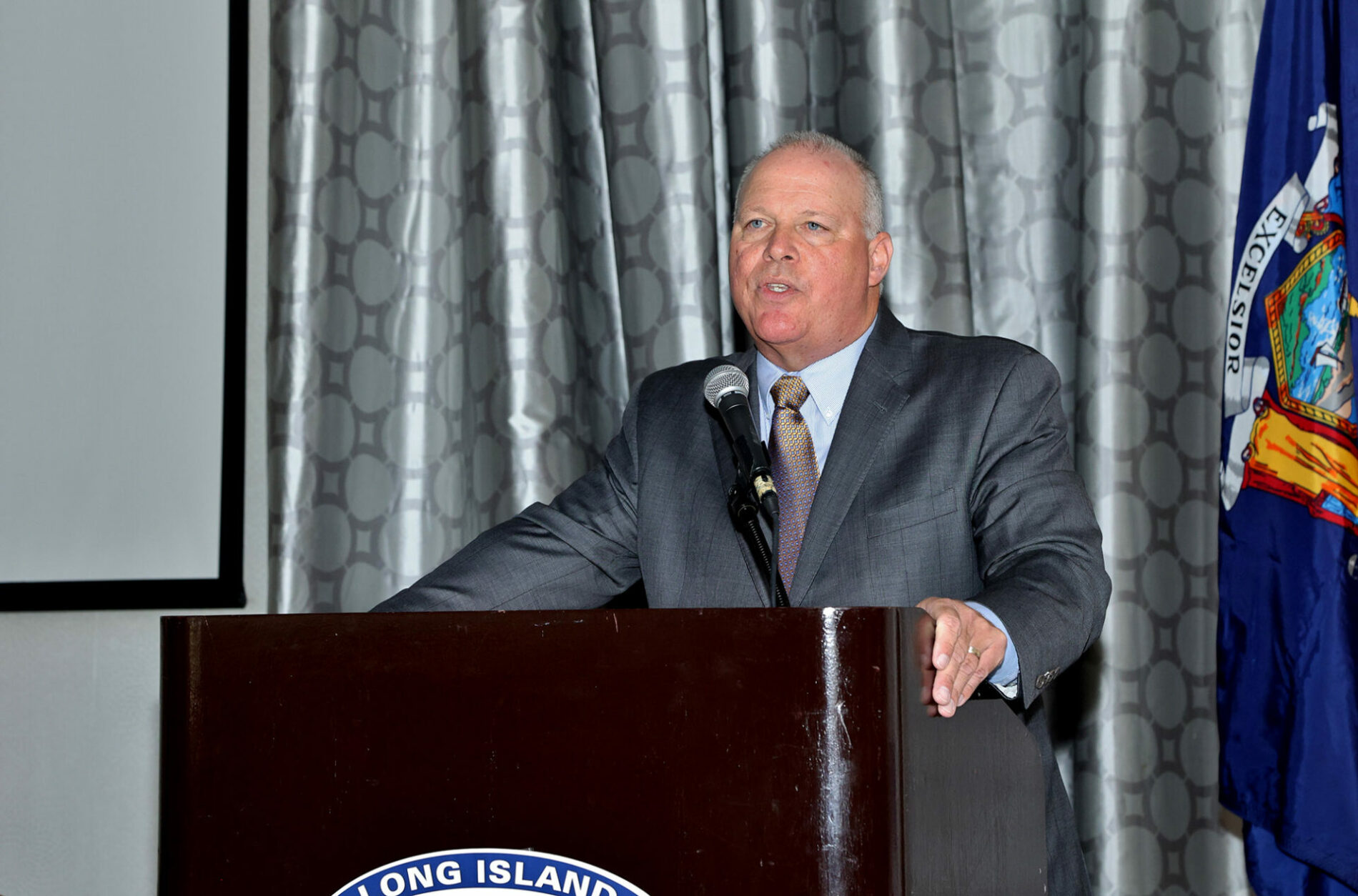
Currently, LICA is affiliated at the state level with the New York Road Improvement Coalition (NYRIC), and on the federal level with the American Road and Transportation Builders Association (ARTBA).
From implementing laws in local counties, to testifying before congress to rectify neighborhood issues, Herbst says no two days are ever the same, and that’s part of the charm.
According to the Department of Labor for Long Island, there are approximately 1,600 full-time employees in the heavy highway industry. “The wage rates, on average, are over $100,000 so it’s a good paying job,” Herbst says. “Every industry has its ebbs and flows, but we’re pretty stable at this point. We focus primarily on public works, dealing with government contracts, so we want to make sure that those jobs are planned for the future.”
As executive director of the organization, securing future funding for the continuation of important programs, like safety training programs, remains one of Herbst’s main priorities. LICA currently hosts an annual safety training seminar every January, where the organization selects industry professionals to lead discussions on some of the most pressing issues.
Most recently, Herbst says one issue that resurfaces is the barrier between practical field experience and theoretical testing in an educational environment—an aspect that can be quite challenging, especially for those who have been away from a classroom setting for a prolonged period. “I see a need for greater training and help, because it’s intimidating for someone who went into the construction field… things are a lot different now than when most of them went to school,” Herbst says. “We have to create an environment where they feel safe and comfortable; it’s a legitimate concern in our training and an area where we should be focusing greater attention.”
Additional training is facilitated through LICA’s member training centers and revolves around a variety of topics. Alongside its annual safety conference, LICA hosts a number of member networking events throughout the year, allowing for enhanced interaction and socializing opportunities for attendees.
Another ongoing policy initiative for LICA is the development of a Nassau/Suffolk Metropolitan Planning Organization (MPO), which would secure federally-mandated funding for substantial projects specific to the Long Island region. “One of the main problems we’ve had in the last two decades is the abundance of mega projects that are going on and Long Island has been neglected; we just don’t have people fighting for us,” Herbst explains, noting that a designated MPO would allow for a fairer shot at allocated funds.
As the State of New York continues to grow, aging infrastructure will require the type of long-term planning that supports sustainability and growth that LICA can offer.
“Construction is a job creator; maintaining the system is the way that you keep the foundation for the community,” Herbst said. “We are the economic engine for the region, and if you want a good quality of life, then you better make sure that your roads, bridges and tunnels are operating effectively.”









